Shoes are an essential piece of men's wardrobe, especially when it comes to dressing up a suit. Not only do they complete the outfit, but they also reflect your personal style and attention to detail. When choosing the perfect footwear, it is essential to consider several factors, such as the morphology of the foot, the correct size, color and type of shoe. In this guide, we will take you step by step through each of these aspects to help you make the best decision.
Choosing the perfect shoes for your suit may seem like a daunting task, but with the right information, it can be a simple and enjoyable experience. From understanding your foot morphology to selecting the right colors and types of dress shoes, here is a complete guide so you always look impeccable.
The morphology of the foot
Understanding your foot shape is crucial to finding shoes that not only look good, but are comfortable as well. There are three main types of foot morphologies: Egyptian, Greek and Roman.
Roman foot
The Roman foot is distinguished by having the first three toes of almost the same length, giving a more square appearance. Shoes with a more rounded or square toe are usually more comfortable for this foot type.
Square foot
The square foot, also known as rectangular foot, is characterized by having the first four toes almost the same length, giving a straight appearance to the tip of the foot. This type of foot requires shoes with a wide, square toe to offer enough space for all the toes, avoiding pressure and chafing.
Greek foot
The Greek foot has the second toe longer than the big toe and the rest of the toes. This foot type benefits from shoes with a wider or elongated toe box to accommodate the length of the second toe without causing discomfort.
Egyptian foot
The Egyptian foot is characterized by having the big toe longer than the other toes, which slope downwards. This type of foot requires shoes with a toe that adapts to the descending shape of the toes, avoiding pressure on the big toe.
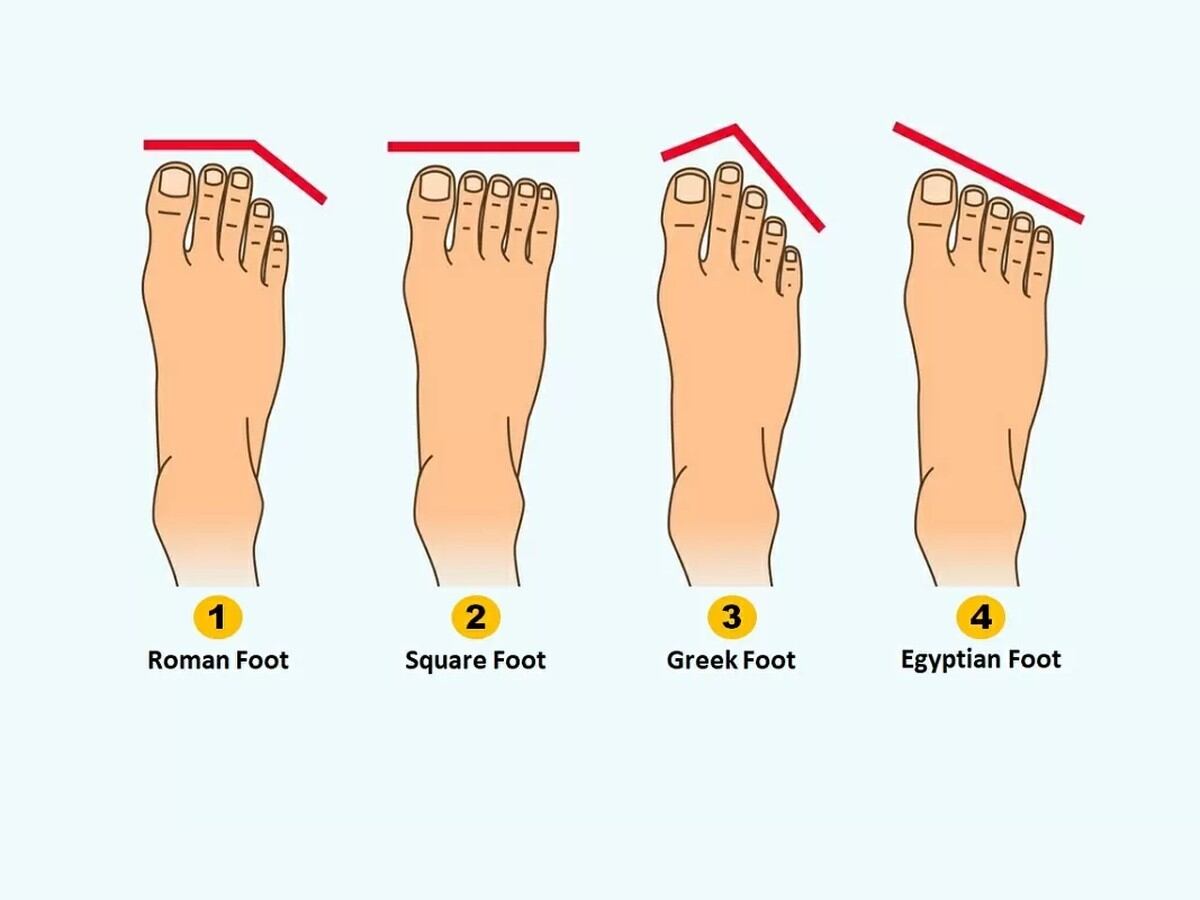
How to choose the perfect size?
Shoe size is a determining factor in comfort and appearance. A shoe that is too big can cause rubbing and lack of support, while one that is too small can cause blisters and malformations. To choose the correct size, follow these steps:
- Measure your foot: Use a foot measurer or measure from the heel to the tip of the longest toe. Do this at the end of the day when your feet are the most swollen.
- Try both feet: Many people have one foot slightly larger than the other. Always try shoes on the largest foot.
- Walk in them: Make sure there is enough room in the toe and that the heel does not slide when walking.
It is important to try on shoes before purchasing them to make sure they fit well. Walk around the store to feel how they fit and make sure they are not tight or uncomfortable.
The importance of colors when choosing suit shoes
The color of the shoes should complement the color of the suit for a cohesive and elegant look. Here we show you how to combine shoes with different color suits.
Navy blue suit shoes
The navy blue suit is versatile and elegant. The best colors to combine are:
- Dark brown: Ideal for a less formal look.
- Bordeaux: Offers a distinctive and sophisticated touch.
- Black: For more formal occasions.
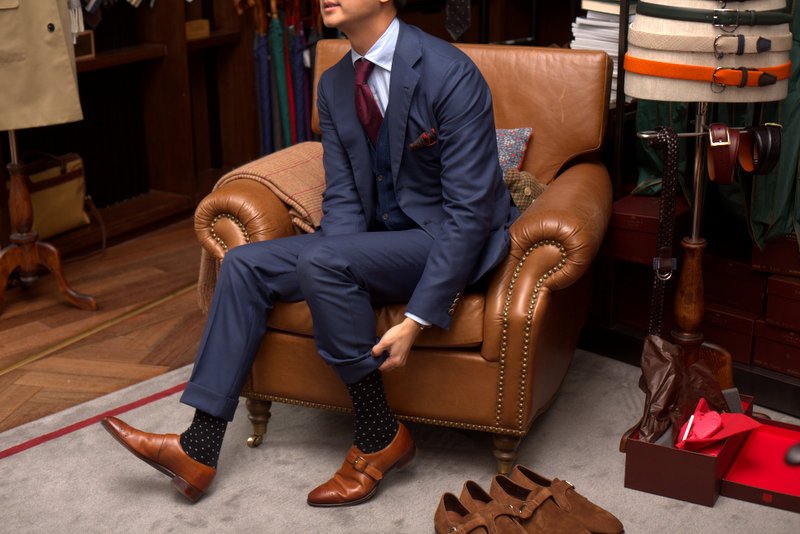
Black suit shoes
The black suit is classic and formal. The shoes should be black to maintain the formality and elegance of the outfit.

Brown suit shoes
Brown suits are best combined with:
- Dark brown: Maintains color harmony.
- Bordeaux: Adds an interesting contrast.
- Tan: Perfect for a more casual look.
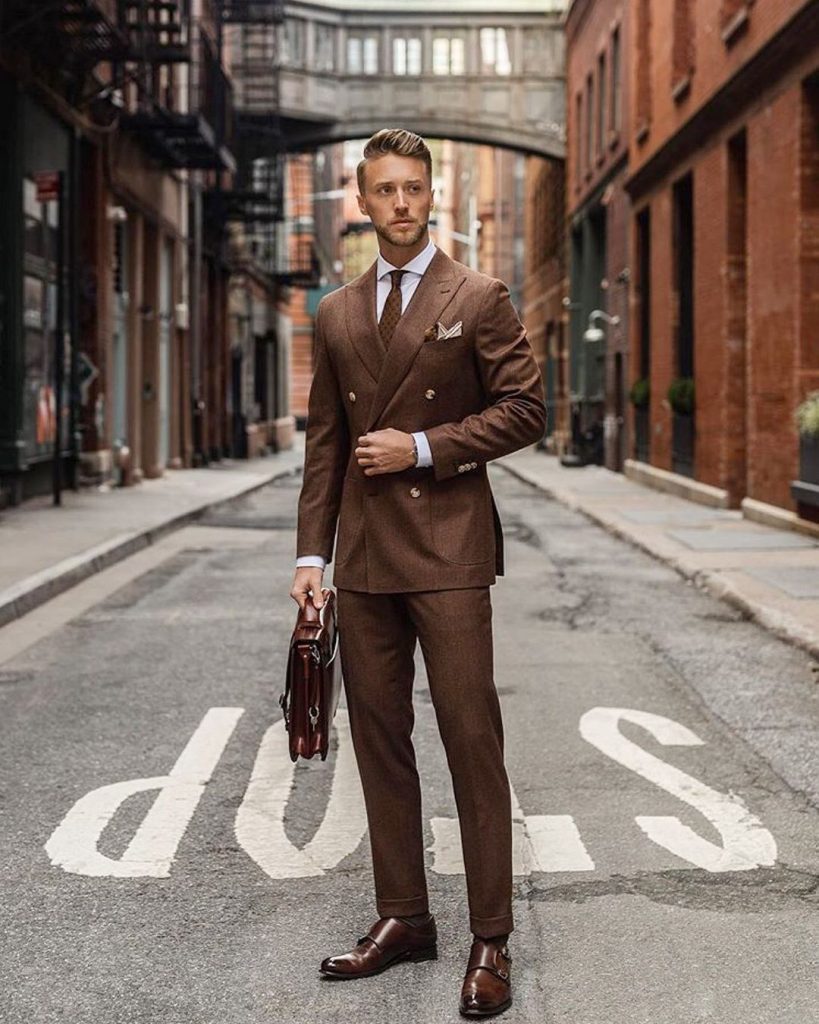
Light gray suit shoes
The light gray suit offers a modern and fresh look. The most suitable shoe colors are:
- Light brown: It provides warmth and is perfect for the day.
- Black: For a more formal and classic look.
- Navy blue: A modern and chic combination that highlights the freshness of light gray.
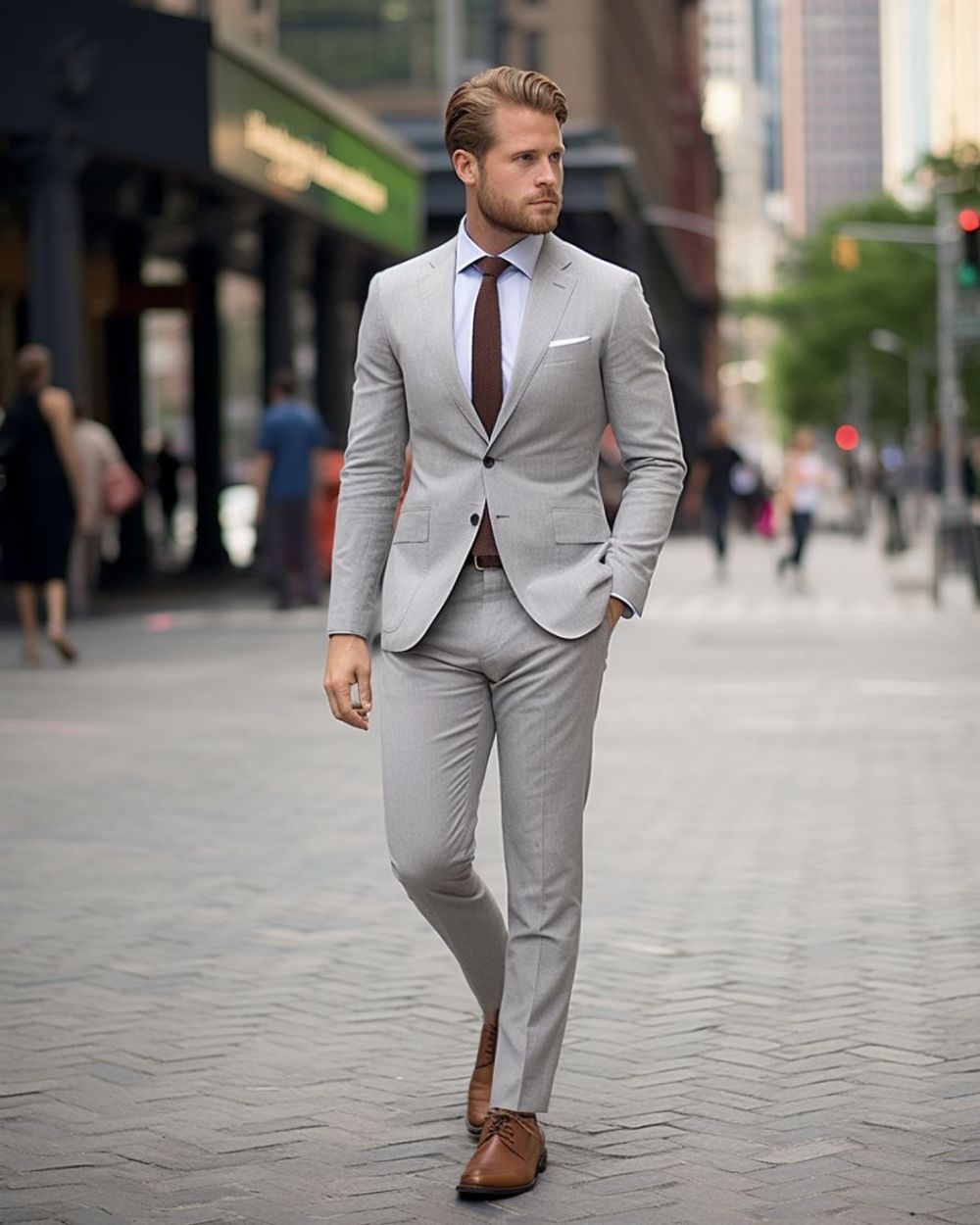
Types of dress shoes
The type of shoe you choose can significantly influence the style and formality of your outfit. Here we present the main types of dress shoes and how to combine them.
Oxford
The Oxford shoe is the most formal and is characterized by its closed laces and clean design. It is perfect for formal events and is best paired with dark suits, such as black and navy blue.

Derby
The Derby has an open lacing construction, making it less formal than the Oxford but more versatile. It works well in both formal and casual settings and can be paired with lighter colored suits such as gray and brown.
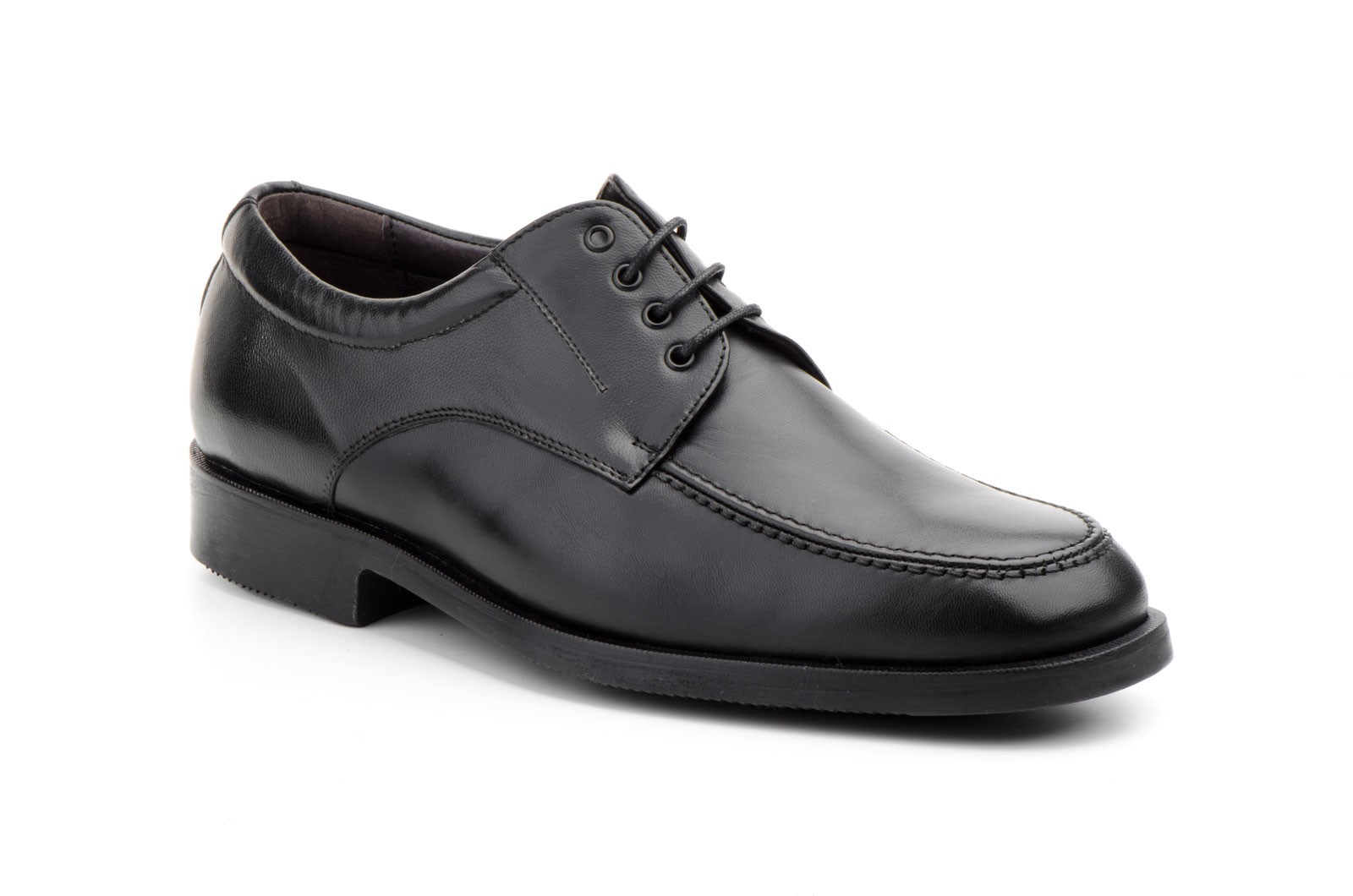
Moccasins
Loafers are comfortable and easy to put on and take off, making them ideal for more relaxed looks. They are an excellent option for summer outfits or for less formal situations. They look good with linen and cotton suits in light colors.
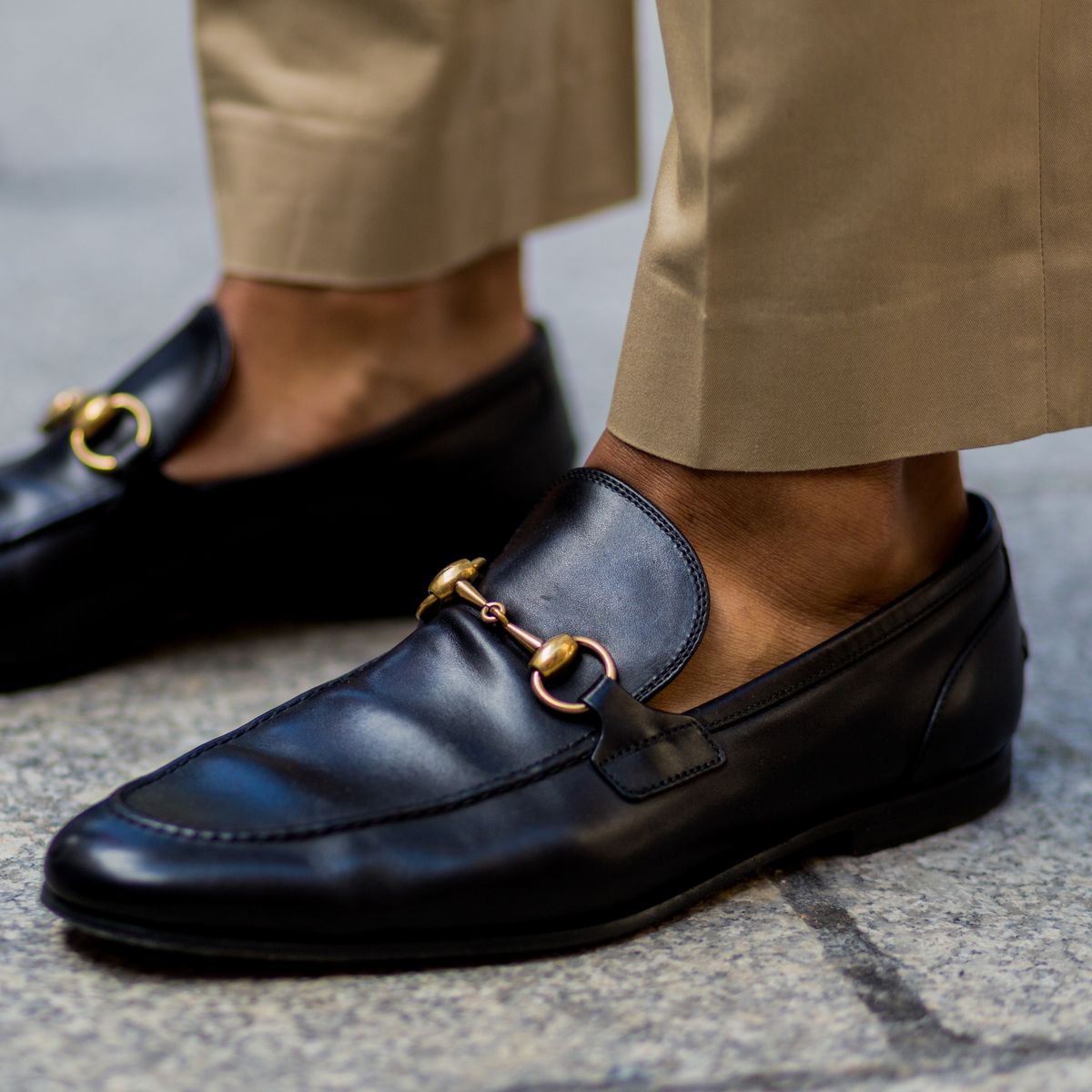
Monk Straps
Monk Straps are distinguished by their buckle instead of laces, which gives them a distinctive and elegant look. They are versatile and can be worn on both formal and informal occasions. They go well with gray, brown and blue suits.
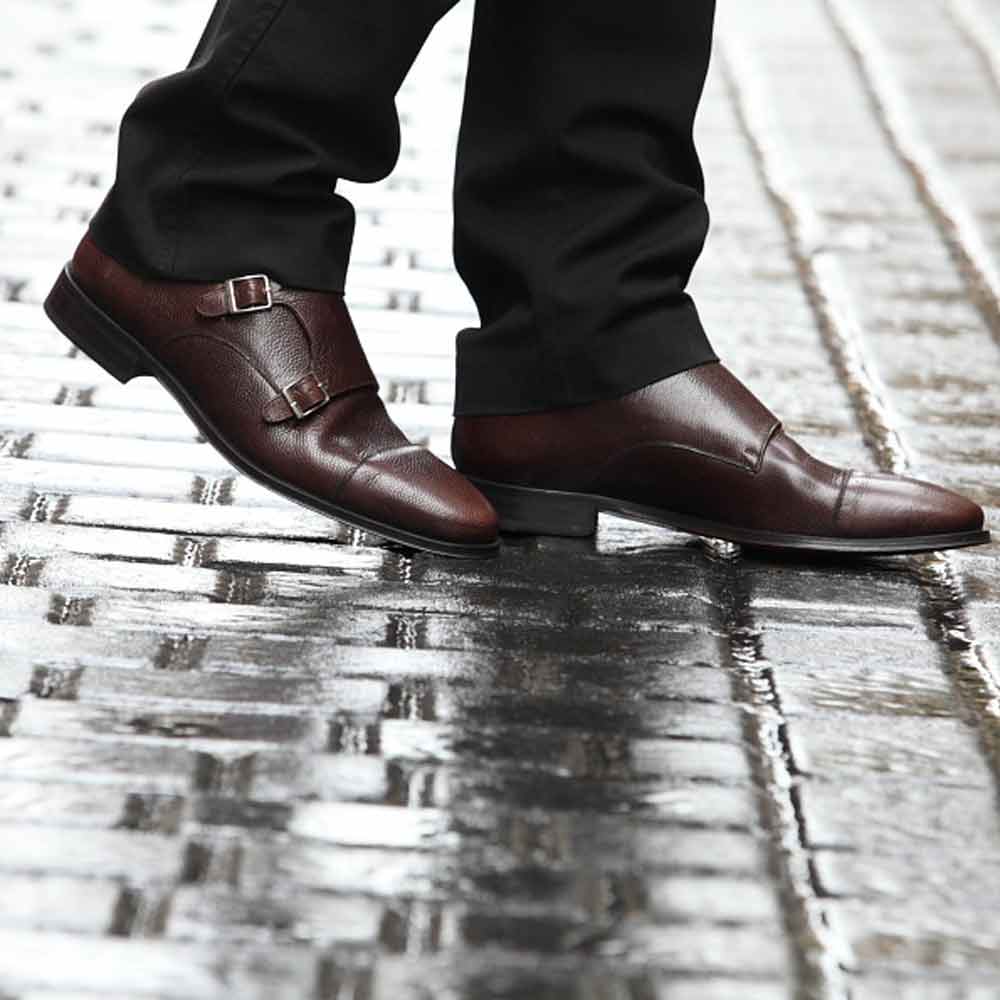
Brogue
The Brogues have a decorative perforated design that gives them a unique touch. They are less formal than Oxfords and Derbys, but still very elegant. They are perfect for adding a touch of style to tweed suits and other textured fabrics.
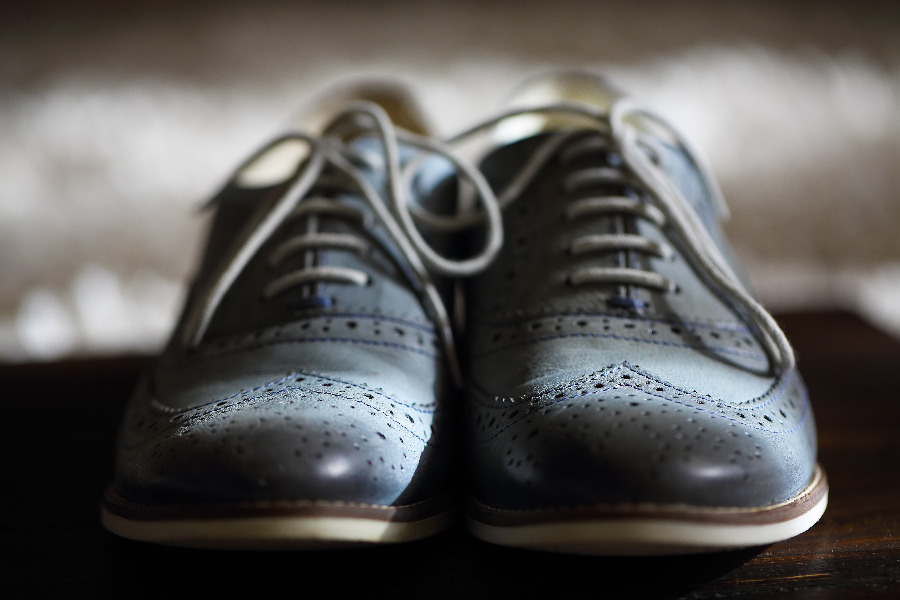
Chelsea Boots
Chelsea boots are slim-fitting and slip-on boots, with a minimalist design that makes them extremely versatile. They are ideal for fall and winter and pair well with dark suits and heavier textures.
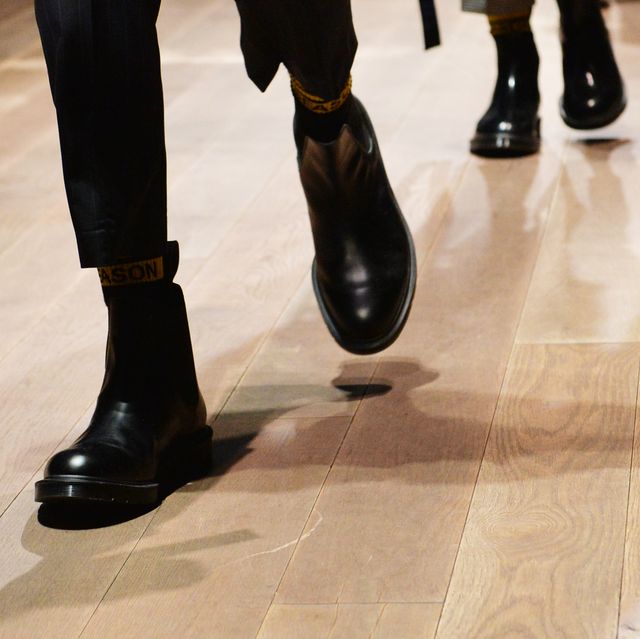
Espadrilles
Espadrilles are a more informal and summery option. They are perfect for linen and cotton suits in light colors and for outdoor events in warm climates or for casual looks.

Other elements to take into account
In addition to foot morphology, size, color and type of shoe, there are other important elements to consider when choosing the perfect shoes for your suit.
The formality
The occasion dictates the level of formality of your footwear. For formal events such as weddings, gala dinners or important business meetings, opt for Oxford or Monk Straps shoes. For more casual events, you can choose loafers or even brogues.
The quality
Investing in good quality shoes is essential to ensure comfort and durability. Look for shoes made of genuine leather and with a solid construction. Well-made shoes can last for many years if properly cared for.
Sole type
The type of sole also affects comfort and functionality. Leather soles are classic and elegant, but they can be slippery. Rubber soles offer more traction and comfort, especially for everyday use and in wet conditions.
Leather type
The type of leather used in your shoes can affect both appearance and durability. Calf leather is soft and flexible, ideal for formal shoes. Full grain leather is more robust and durable, suitable for everyday shoes. Also consider waxed or polished leather for a shiny, elegant finish.
Additional Tips
- Match the shoes with the belt: The color and material of the belt should match those of the shoes.
- Take care of your shoes: Clean and polish your shoes regularly to keep them in good condition.
- Invest in shoe trees: Shoe trees help maintain the shape of your shoes when you're not wearing them.
Choosing the perfect shoes for your suit requires attention to several details, from the morphology of your foot and the appropriate size to the color, the type of shoe and other important elements such as formality, quality, type of sole and type of leather. By following these tips, you can ensure that your shoes not only complement your suit, but also provide you with comfort and style for any occasion. Remember, good shoes can make a difference in how you look and how you feel, so invest time in choosing the perfect ones for you.
What type of dress shoes do you prefer? Do you have any additional tips for choosing the perfect shoes for a suit? Share your comments in the section below.
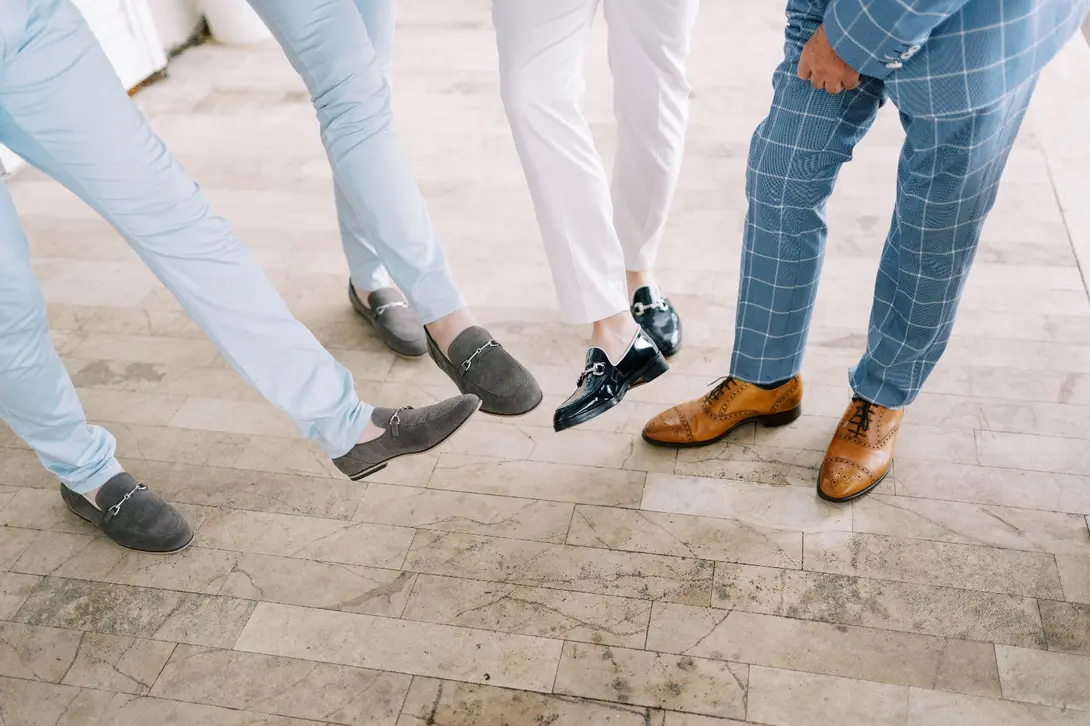
Comentarios